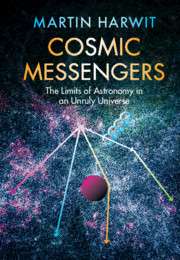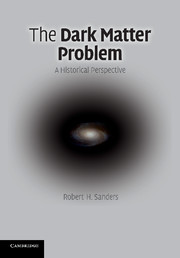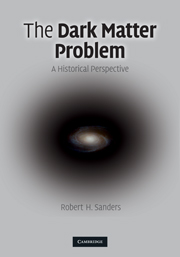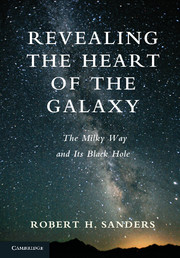Deconstructing Cosmology
The advent of sensitive high-resolution observations of the cosmic microwave background radiation and their successful interpretation in terms of the standard cosmological model has led to great confidence in this model's reality. The prevailing attitude is that we now understand the Universe and need only work out the details. In this book, Sanders traces the development and successes of Lambda-CDM, and argues that this triumphalism may be premature. The model's two major components, dark energy and dark matter, have the character of the pre-twentieth-century luminiferous aether. While there is astronomical evidence for these hypothetical fluids, their enigmatic properties call into question our assumptions of the universality of locally determined physical law. Sanders explains how modified Newtonian dynamics (MOND) is a significant challenge for cold dark matter. Overall, the message is hopeful: the field of cosmology has not become frozen, and there is much fundamental work ahead for tomorrow's cosmologists.
- Clearly explains the prevailing Lambda-CDM cosmological paradigm and how it has developed, in particular those observations supporting it and its overall consistency
- Describes the wide range and variety of dark matter search programs to demonstrate the ongoing research efforts of scientists exploring the possible nature of dark matter
- Details the greatest problem for the cosmological paradigm, modified Newtonian dynamics (MOND), and how this challenges it
- Discusses the sociological and philosophical issues posed by the paradigm and the danger of this sociology for the creative process in science
Reviews & endorsements
'This tightly written, sophisticated (though essentially non-mathematical) review of the status of the concordance model - a flat universe with all of the observations internally consistent - and its modest gaps form the core of the discussion. … The discussions are clear, rich, and thought provoking. This book is well written and belongs in all college libraries.' K. L. Schick, CHOICE
'… I recommend this book. It is a good intorduction to an important topic in modern astrophysics and cosmology, accessible to the 'interested layman' but also valuable for those with more-advanced knowledge of astrophysics but with less knowledge of MOND.' Phillip Helbig, The Observatory
'… a light but advanced reading addressing the discrepancies in the standard Lambda cold dark matter (ΛCDM) cosmological paradigm that supports dark matter (duh, obviously) and compares it to an alternative outlook … Thus, although it is of general interest, it gears towards those with some background in cosmology and astrophysics.' B. Ishak, Contemporary Physics
Product details
September 2016Adobe eBook Reader
9781316944516
0 pages
0kg
30 b/w illus.
This ISBN is for an eBook version which is distributed on our behalf by a third party.
Table of Contents
- 1. Creation mythology
- 2. Three predictions of physical cosmology
- 3. The very early Universe: inflation
- 4. Precision cosmology
- 5. The concordance model
- 6. Dark energy
- 7. Dark matter
- 8. MOND
- 9. Dark matter, MOND and cosmology
- 10. Plato's cave revisited
- Notes
- Index.







